In the ever-evolving landscape of workplace diversity, disability inclusion, and accessibility have become critical focal points for organizations striving for comprehensive inclusivity. As we navigate through 2024, groundbreaking research and innovative technologies are reshaping how businesses can create more accessible and inclusive environments for individuals with disabilities. This article explores the latest advancements and insights driving this transformative change.
The Growing Importance of Disability Inclusion
The significance of disability inclusion in the workplace cannot be overstated. According to the World Health Organization, over one billion people, or approximately 15% of the world’s population, experience some form of disability. Ensuring that these individuals have equal access to employment opportunities and workplace resources is not just a moral imperative but also a strategic business advantage. Companies that prioritize disability inclusion often see enhanced employee engagement, diverse perspectives, and improved overall performance.
Research Insights into Disability Inclusion
In academic research, there has been a growing emphasis on understanding the barriers faced by individuals with disabilities and identifying effective strategies for overcoming them. Recent studies have highlighted the importance of inclusive workplace practices, such as flexible work arrangements and accessible communication tools, in fostering a supportive environment for employees with disabilities. Companies that prioritize these practices benefit from a diverse talent pool and experience improved employee morale and productivity.
Furthermore, research has underscored the significance of inclusive design in product development. By involving individuals with disabilities in the design process, companies can create products and services that meet the needs of a broader customer base. This approach not only drives innovation but also ensures that accessibility is embedded into the core of every product, rather than treated as an afterthought.
Recent studies have highlighted the multifaceted benefits of disability inclusion. One notable research project, conducted by the Harvard Business Review, found that organizations with inclusive cultures are twice as likely to meet or exceed financial targets and six times more likely to be innovative and agile. This research underscores the correlation between inclusivity and business success, emphasizing that disability inclusion is not merely a compliance issue but a driver of innovation and growth, the integration of inclusive practices in both workplace environments and product development is essential. Not only does it create a more supportive and diverse atmosphere, but it also fosters innovation, enhances financial performance, and ensures that accessibility is a fundamental component of all products and services. As the evidence suggests, prioritizing disability inclusion is a strategic advantage that benefits everyone involved.
Technological Innovations Enhancing Accessibility
Technological advancements are at the forefront of enhancing accessibility for individuals with disabilities. Here are some of the latest innovations making a significant impact:
1. Artificial Intelligence (AI) and Machine Learning:
AI-powered tools are revolutionizing how we approach disability inclusion. For instance, AI-driven transcription services like Otter.ai provide real-time captions for meetings, ensuring that employees with hearing impairments can participate fully. Moreover, machine learning algorithms are being used to develop personalized assistive technologies that cater to individual needs, enhancing their efficacy and user experience.
2. Augmented Reality (AR) and Virtual Reality (VR):
AR and VR technologies are opening new avenues for accessibility. VR-based training programs are being used to simulate various workplace scenarios, helping employees understand and empathize with the challenges faced by their colleagues with disabilities. AR applications, such as Microsoft’s Seeing AI, assist visually impaired individuals by describing their surroundings and reading text aloud, fostering greater independence.
3. Advanced Prosthetics and Exoskeletons:
The field of prosthetics has seen remarkable advancements with the integration of robotics and AI. Modern prosthetic limbs offer enhanced mobility and functionality, closely mimicking natural movement. Exoskeletons, on the other hand, are empowering individuals with mobility impairments to perform previously challenging tasks, thereby increasing their workplace participation and productivity.
Policy and Organizational Best Practices
While technological innovations are crucial, effective policies and organizational practices are equally important in fostering an inclusive environment. Here are some best practices for organizations aiming to enhance disability inclusion:
1. Comprehensive Accessibility Audits:
Conduct regular audits of your workplace to identify and address barriers to accessibility. This includes physical infrastructure, digital platforms, and communication methods.
2. Inclusive Hiring Practices:
Develop recruitment strategies that actively seek to include candidates with disabilities. This can involve partnerships with disability organizations, inclusive job postings, and bias-free interview processes.
3. Ongoing Training and Awareness Programs:
Implement training programs to educate employees about disability inclusion and accessibility. Encourage a culture of empathy and understanding, and provide resources for continuous learning.
4. Employee Resource Groups (ERGs):
Support the formation of ERGs focused on disability inclusion. These groups can offer a platform for employees to share their experiences, provide feedback, and advocate for necessary changes.
The Road Ahead
The journey toward full disability inclusion and accessibility is ongoing, but the latest research and innovations offer promising pathways. By embracing these advancements and fostering an inclusive culture, organizations can not only enhance the lives of individuals with disabilities but also unlock new levels of creativity, productivity, and success.
As we move forward, businesses must stay informed about emerging trends and continuously strive for improvement. Disability inclusion is not just a goal to be achieved but a continuous commitment to making the workplace a more equitable and dynamic environment for all.
Conclusion
The intersection of research, technology, and inclusive practices holds immense potential for transforming the landscape of disability inclusion. By leveraging these advancements, organizations can pave the way for a future where everyone, regardless of their abilities, can thrive and contribute meaningfully to the workforce.

